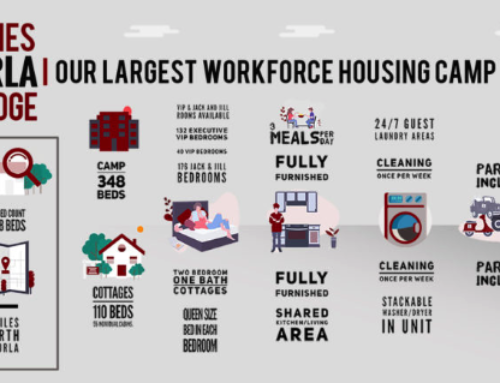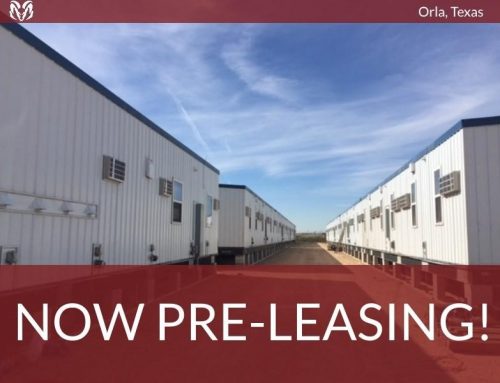All across the country, from New York and L.A to Middle America, young adults and established families alike are facing ever increasing monthly rents that are outpacing inflation. A sizeable portion of families spend more than 50% of their income on sustaining their housing, even more than that spend 30%. So what’s the solution? It’s a complex, multi-faceted issue (that goes far beyond just rent pricing), but many real estate contractors and architects seem to be leaning towards apartment complexes- created from modular units, stacked on top of each other like LEGO. That’s right- vertical modular construction could very well help alleviate the pain of the current housing crisis.
Some recent examples; Apex House in London, a 28-story dorm complex with 560 student rooms, with every room constructed off-site and then stacked and assembled on site, not only drastically decreasing the amount of time it took to build, but also the costs. And recently, Alphabet (the parent company of Google) has announced plans for a 300 unit modular housing complex to provide affordable housing for its employees. In both of these examples, the directors of these projects cited the unmatched economic and time advantages that vertical modular construction can provide.
The benefits of this brand of modular construction go much farther than that, however. Reduced costs for construction translates to less construction waste, less carbon emissions from transporting materials and employees to the construction site, and best of all, complete control over the final product through a safe and efficient factory-controlled construction space. And often, construction projects such as these are completed in half the time as a traditionally constructed building would. In fact, the modular dorm complex we mentioned earlier (the tallest of its kind in Europe) was completed in half a year.
To browse Aries online inventory, visit www.advancedmodularspace.com or www.ariesbuildings.com
All of these time and economic savings can be passed onto the renter, providing them with a cheaper, sturdier and more efficient space to live their lives. Plus, since it’s all constructed off-site, others who live in the area are spared from being woken up in the morning with all of the sounds and smells associated with traditional construction.
So, if you’re asking us, we truly believe that modular construction is the future of housing. It’s just a matter of time- the incredible savings associated with it make it too good to pass up.





